GHG Overview graphics
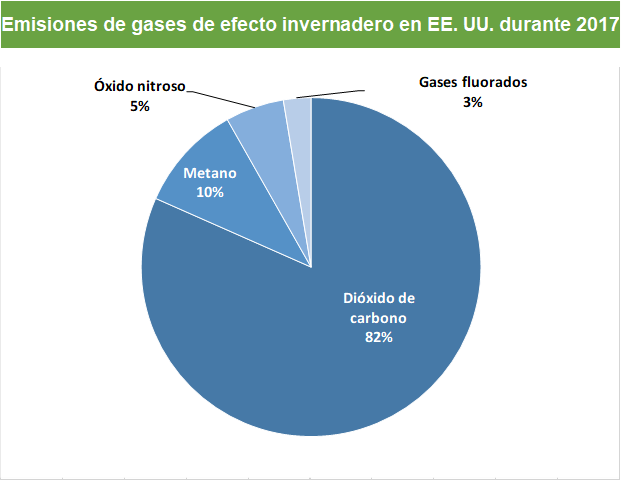
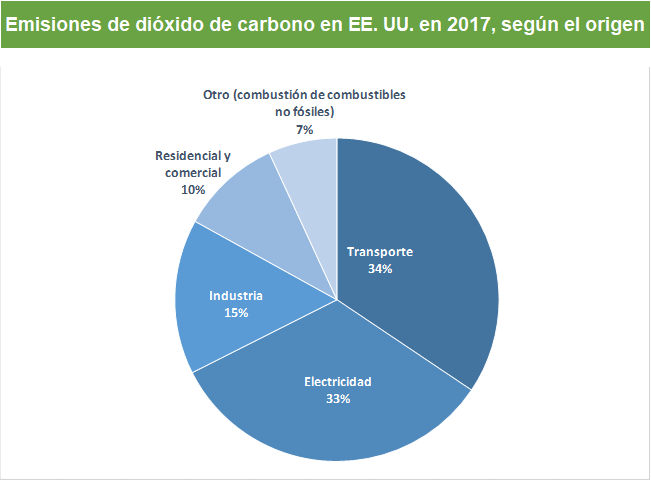

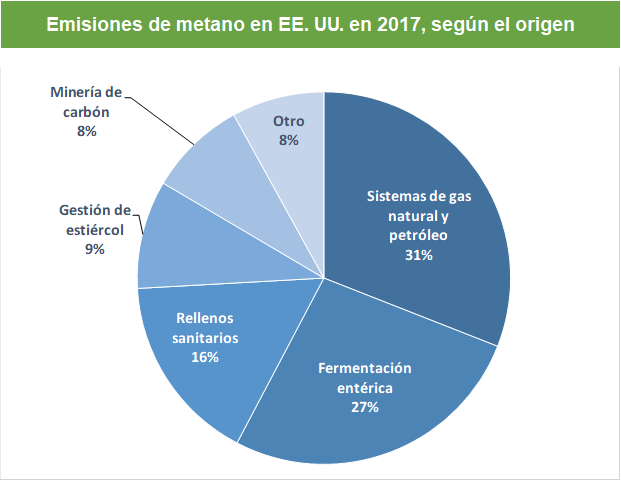
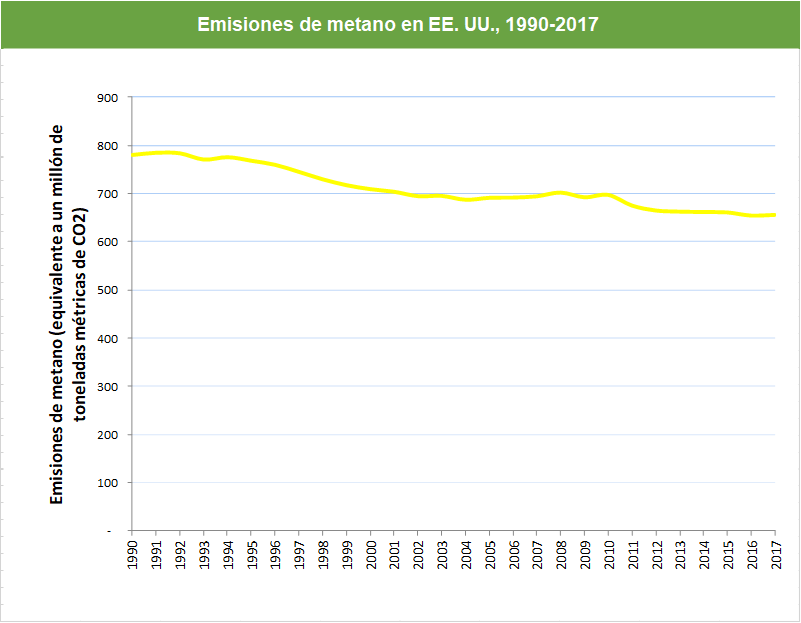
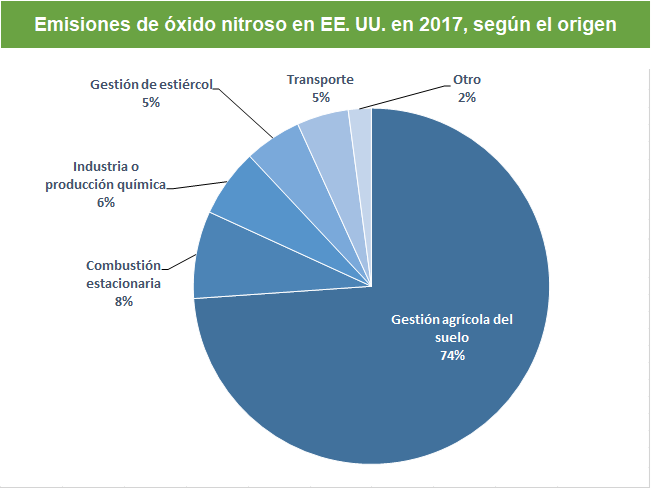
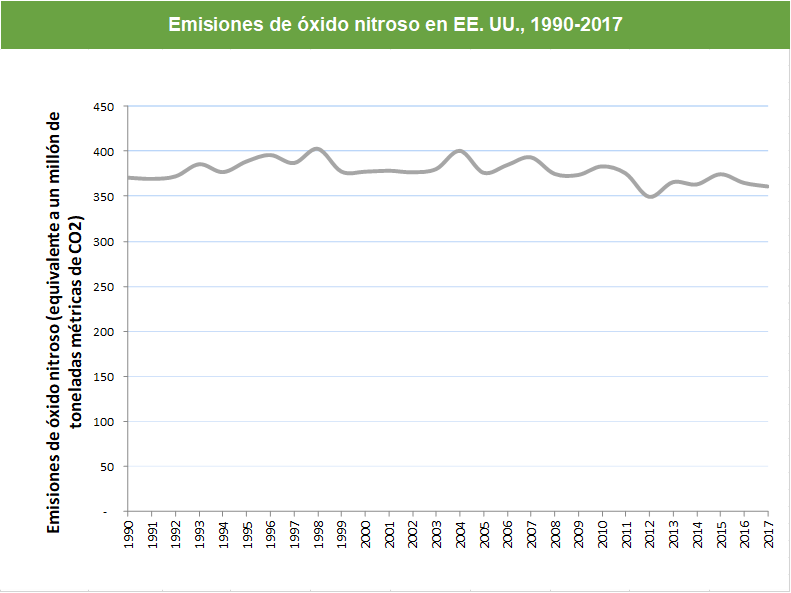
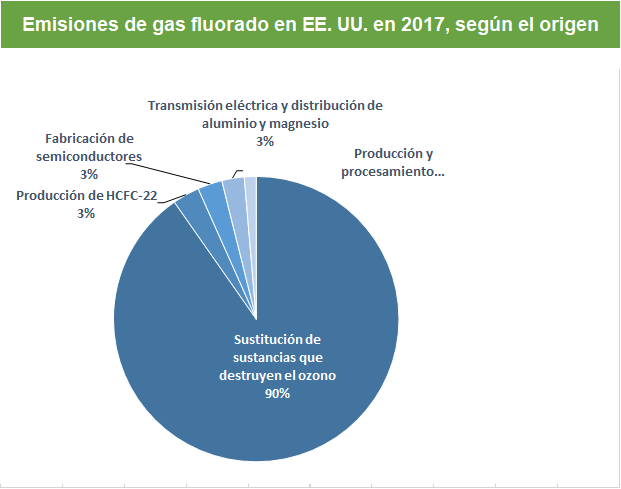
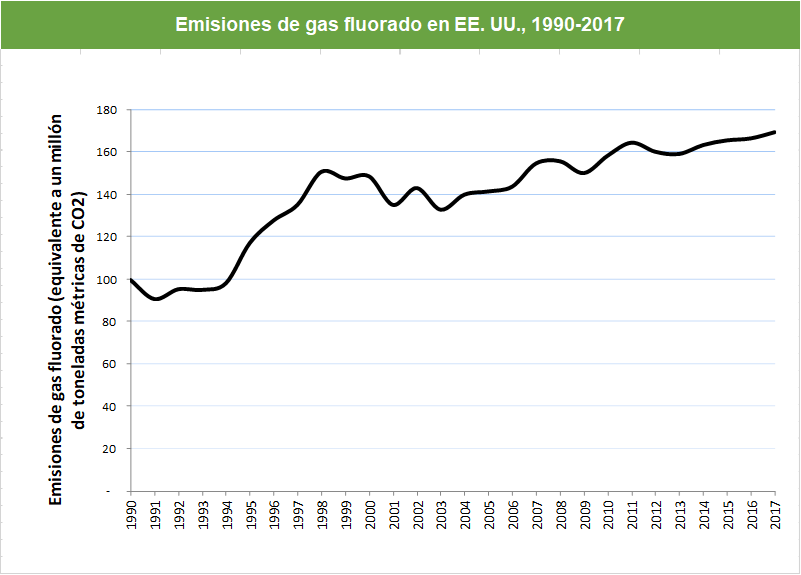

Un sitio oficial del Gobierno de Estados Unidos
Así es como usted puede verificarlo
Los sitios web oficiales usan .gov
Un sitio web .gov pertenece a una organización oficial del Gobierno de Estados Unidos.
Los sitios web seguros .gov usan HTTPS
Un candado () o https:// significa que usted se conectó de forma segura a un sitio web .gov. Comparta información sensible sólo en sitios web oficiales y seguros.








